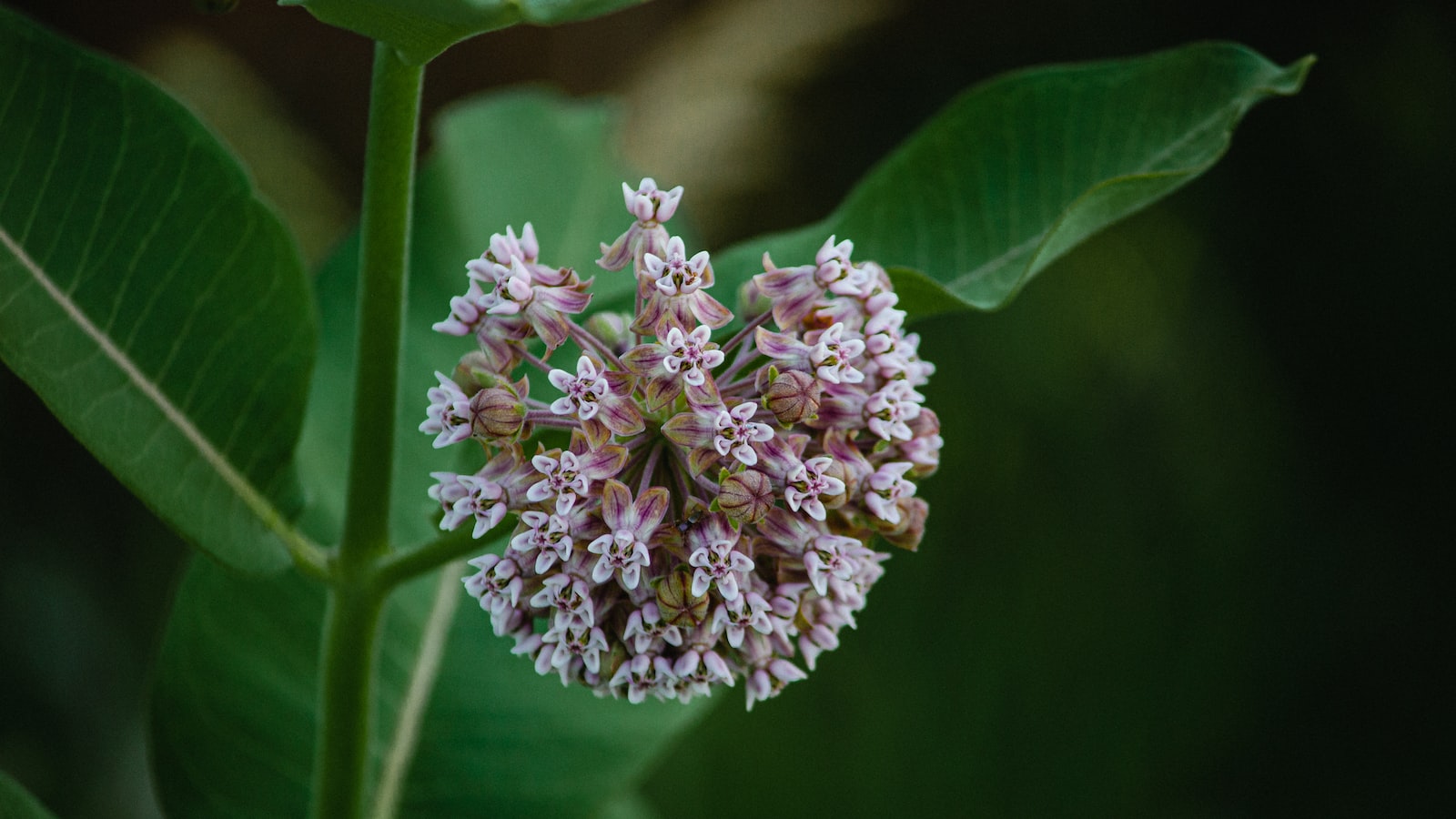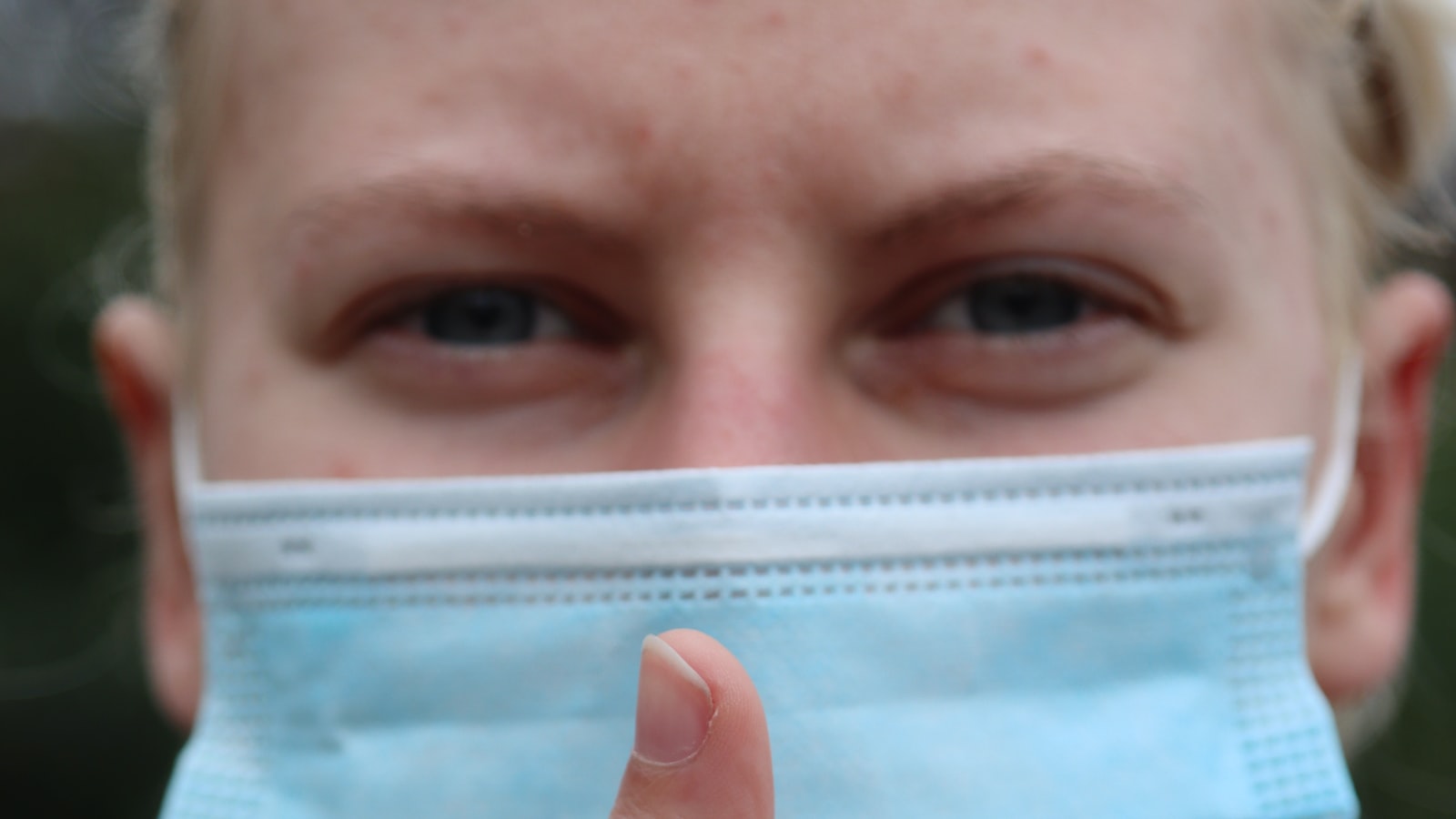Unveiling a kaleidoscope of vibrant hues, milkweed plants have long captivated our attention with their graceful presence. With their emerald green leaves serving as a lush home to flutters of butterflies, we are often left mesmerized by these captivating beauties. However, what happens when that lively palette begins to fade away, replaced by a discouraging yellow hue? Like a mysterious puzzle waiting to be solved, the fading of milkweed leaves can leave us scratching our heads and yearning for answers. In this intriguing exploration, we delve into the delicate intricacies of one of nature’s most remarkable wonders, seeking the truth behind the enigma: “Why is my milkweed turning yellow?” Brace yourselves, dear readers, as we embark on a quest to uncover the secrets that lie within the mysteries of the milkweed world.
Why is my milkweed turning yellow: Troubleshooting and solutions
One of the most common issues gardeners face when growing milkweed is the sudden appearance of yellow leaves. While this can be concerning, it is important to remember that yellowing milkweed leaves can be a sign of various causes, ranging from nutrient deficiencies to pests. To help you troubleshoot and find solutions for your yellowing milkweed, here are some key factors to consider:
- Nutrient Deficiencies: Yellowing leaves can be an indication that your milkweed is lacking essential nutrients, such as nitrogen, iron, or magnesium. Consider conducting a soil test to determine if any specific nutrients are lacking and adjust your fertilization accordingly.
- Overwatering: Excessive moisture can lead to root rot, causing your milkweed leaves to turn yellow and eventually wilt. Ensure proper drainage and allow the soil to dry partially between waterings. Remember, milkweed plants are generally drought-tolerant, so overwatering can be detrimental.
In addition to these common causes, it is crucial to keep an eye out for signs of pests, such as aphids or spider mites, which can also cause yellowing leaves. By addressing these issues promptly and implementing appropriate solutions, you can effectively bring back the vibrant green color to your milkweed leaves while supporting the health and growth of your beloved plants.
| Features | Tips |
|---|---|
| Inspect for pests | Regularly check your milkweed for signs of aphids, spider mites, or caterpillars. If pests are detected, apply organic insecticidal soap or neem oil to protect your plants. |
| Provide adequate sunlight | Ensure your milkweed receives at least 6-8 hours of direct sunlight daily. If it’s grown indoors, consider placing it near a south-facing window to maximize sunlight exposure. |
| Maintain optimal soil pH | Milkweed typically prefers slightly acidic to neutral soil with a pH range of 6.0-7.5. Regularly test the soil pH and adjust it if necessary using appropriate soil amendments. |
-
Lack of sunlight: Milkweed plants thrive in full sun, so if they are not receiving enough sunlight, their leaves may turn yellow. Make sure to plant them in a spot with ample sunlight exposure.
-
Overwatering or poor drainage: Milkweed plants prefer well-drained soil. Overwatering or inadequate drainage can lead to waterlogged roots, causing the leaves to turn yellow. Ensure that the soil drains effectively to prevent this issue.
To combat yellowing milkweed plants, here are a few features and tips that can help you maintain their health:
| Features/Tips | |
|---|---|
| 1. Sunlight Exposure | Ensure your milkweed plants receive |
| sufficient sunlight for healthy | |
| growth. | |
| —————————– | ————————————- |
| 2. Proper Watering | Only water when the soil is dry to |
| touch and ensure proper | |
| drainage. | |
| —————————– | ————————————- |
| 3. Pruning | Regularly remove yellowing or |
| dead leaves to promote new growth. | |
| —————————– | ————————————- |
Remember, it’s essential to monitor your milkweed plants closely and address any issues promptly. By providing optimal conditions and understanding the causes of yellowing, you can help your milkweed plants thrive and attract beautiful butterflies to your garden.
Expert tips to restore and maintain healthy milkweed foliage
Is your beloved milkweed turning a concerning shade of yellow? Don’t despair! With some expert advice, you can restore and maintain its vibrant green foliage. Yellowing milkweed leaves can be a sign of a few different issues, but fear not, we have the solutions for you.
First things first, assess the situation. Determine the cause of the yellowing leaves to better understand how to address the problem. It could be due to overwatering, inadequate sunlight, pests, or even nutrient deficiencies. Once you have identified the issue, try implementing the following tips:
| Features/Tips | Benefits |
|---|---|
| Proper watering | Prevents overwatering or underwatering, ensuring optimal moisture levels for milkweed. |
| Providing adequate sunlight | Helps the milkweed thrive and maintain its vibrant green color. |
| Pest control | Protects the milkweed from damaging insects and pests, keeping the foliage healthy. |
Remember to adjust these tips according to your specific milkweed variety. With patience and dedication, you can revitalize your yellowing milkweed and ensure its continued health and beauty in your garden. Embrace these expert tips and enjoy watching your milkweed flourish once again!

Preventive measures: How to keep your milkweed vibrant and green
Have you noticed your milkweed plants turning yellow and wondered what could be causing it? Don’t worry, we’ve got you covered with some essential preventive measures to keep your milkweed vibrant and green. By following these tips, you can ensure that your milkweed plants thrive and provide a healthy environment for our beloved monarch butterflies.
Daily Watering: Adequate watering is crucial for maintaining the health of your milkweed. Ensure that the soil is moist and not waterlogged. Avoid both underwatering and overwatering, as these can lead to yellowing of the leaves.
Soil Nutrients: Milkweed plants require well-draining soil enriched with nutrients. Use organic compost or slow-release fertilizers during planting to provide a steady supply of nutrients. This will help prevent yellowing and promote vibrant green growth.
| Feature | Description |
|---|---|
| Location | Place your milkweed in a location with at least 6 hours of direct sunlight per day. |
| Pest Control | Regularly inspect your milkweed for pests and caterpillars. Use natural or organic pest control methods to keep them at bay. |
| Pruning | Trim damaged or yellowed leaves to allow new growth to thrive. |
By implementing these preventive measures and following the tips provided, you can maintain a vibrant and green milkweed garden. Remember, healthy milkweed plants play a vital role in supporting the life cycle of monarch butterflies, so it’s worth putting in the effort to ensure their well-being. Your beautiful, flourishing milkweed garden will be a welcoming haven for these magnificent creatures.
Frequently Asked Questions
Q: Why is my milkweed channeling its inner yellow brick road?
A: Fear not, for your milkweed’s transformation into a golden hue means it is undergoing a natural process known as senescence. As the summer drifts away and autumn approaches, the leaves of milkweed plants often turn yellow and begin to wither, preparing for the seasonal transition just like the shifting colors of a scenic yellow brick road.
Q: Is there a Wicked Witch secretly responsible for my milkweed’s yellowing?
A: Rest assured, no witches are casting spells on your milkweed. While it may be tempting to blame mystical forces, the yellowing can be attributed to a variety of reasons. Factors such as poor soil quality, excessive moisture, or lack of sunlight can cause your milkweed to adopt a yellowish appearance. Don’t worry, taking proper care of your milkweed garden can help it thrive once again.
Q: Can I click my heels and make the yellow vanish from my milkweed?
A: Unfortunately, clicking your heels together may not reverse the yellowing in your milkweed plants. Instead, try these remedies: ensure your milkweed receives sufficient sunlight for at least six hours a day, maintain well-drained soil with organic matter, and avoid overwatering, as excessive moisture can contribute to the yellowing phenomenon. Remember, your vigilant care can help your milkweed regain its vibrant green color. As we draw the final strokes on the canvas of knowledge, we bid farewell to the enigma of yellowing milkweed. Like a gentle whisper carried on the breeze, our exploration has taken us on a journey through the vibrant tapestry of nature’s secrets. While we may not have unraveled every intricacy, we have shed light on the curious metamorphosis of the noble milkweed.
As the golden rays of understanding blend with the fertile soil of curiosity, we have learned that yellowing milkweed can be ushered forth by a multitude of factors. From the capricious sunlight casting its radiant spell to the invisible tango danced among roots and air, many forces converge to sway the milkweed’s verdant hues.
Take heed, dear readers, for the tint of yellow may beckon in its quiet plea for sustenance. The language of fading foliage often speaks of soil deficiencies, deftly nudging us towards a dance of nutrients and care. It is within these humble messages that we find a gentle reminder that nature’s whims are delicate and adaptable, much like the rhythm within our own lives.
Yet, let us not forget that the tapestry of Mother Earth encompasses dimensions beyond our grasp. In this vast symphony of existence, yellowing milkweed teaches us humility, urging us to revere the intricate dance of nature’s riddles. For within the embrace of uncertainty, we foster growth and kindle our quest for greater understanding.
So, as we bid adieu to the whimsical wonder of yellowing milkweed, let us embrace the mysteries that lie ahead. With open hearts and inquisitive minds, we venture forth, enlightened by the fading golden hues that danced before our eyes. For it is through our exploration of the extraordinary that we truly begin to unearth the essence of the ordinary.
- When to Put Weed and Feed on Lawn in Michigan - October 16, 2023
- When to Fertilize Potatoes Plants - October 16, 2023
- Can You Plant Clover in the Spring - October 16, 2023

